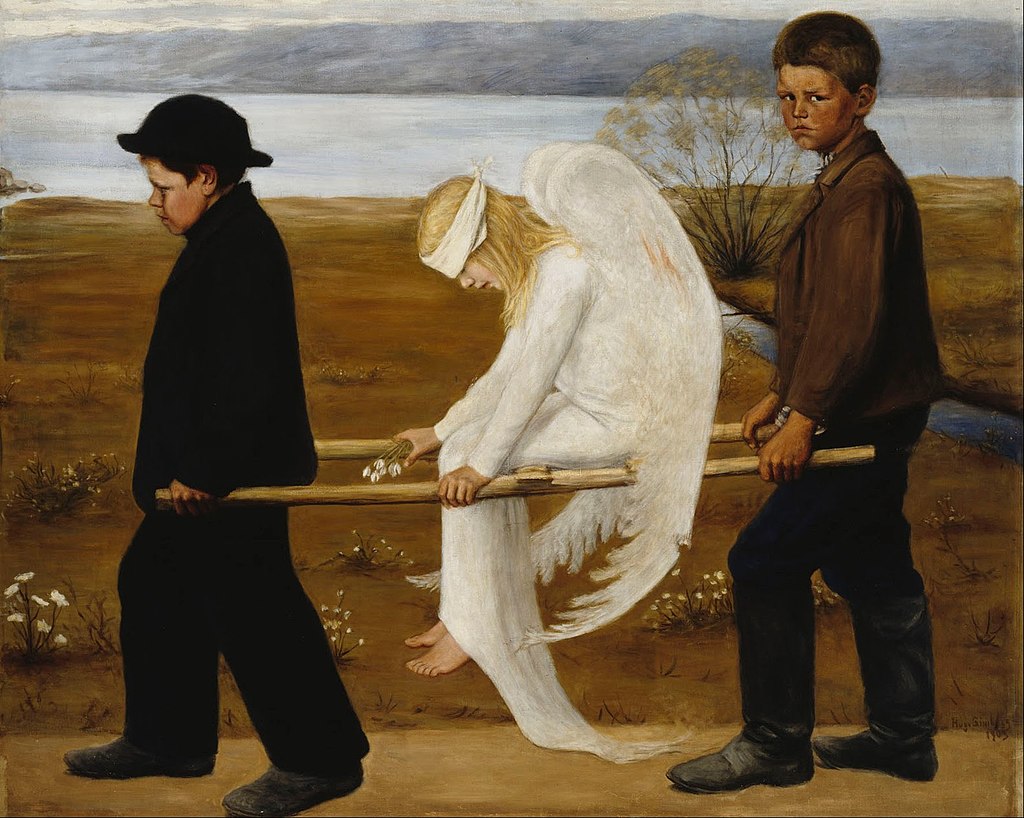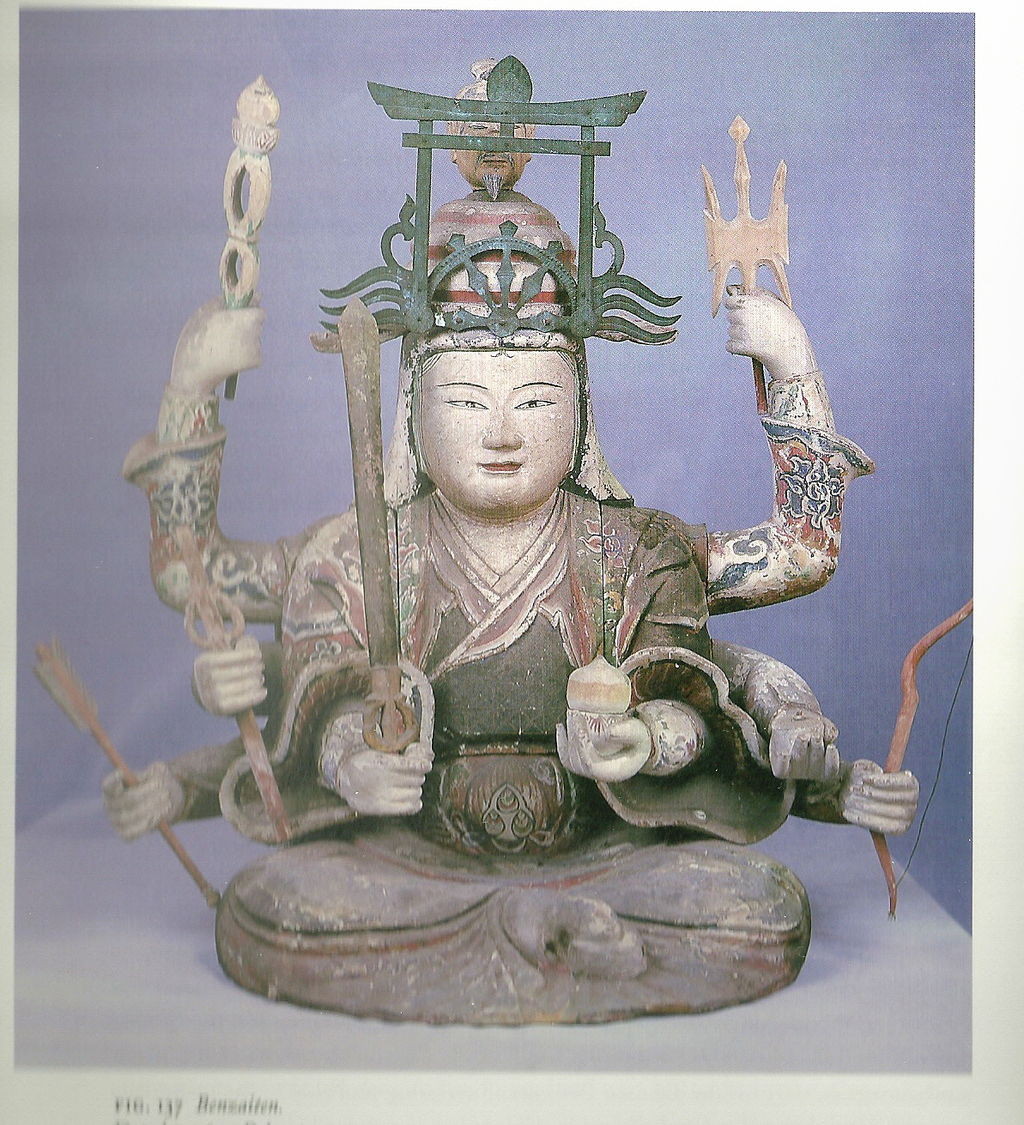Will we ever be able to understand our foremothers when Motherhood in the 21st century is an option instead of a priority? Not only is motherhood an option, marriage is, too. In Singapore, where I’m from, I know many women in their 60s who never married and who never had children.
As some of you may know, I have been watching the Indian Television series Stories by Rabindranath Tagore the past week. What truly fascinated me were his female characters which were so carefully crafted and so much a product of their time.

Tagore lived from 1861-1941. His insight, while deeply accurate for the women of his era, just doesn’t register on my radar. Well, not quite or perhaps not completely.
A woman of Tagore’s time–especially when she became a daughter-in-law–would have to prioritise the needs of those around her. He needs simply did not matter. That, however, did not make her a doormat. She often had her own voice, her own way of dealing with how little power she had over her own destiny, and she even made decisions that would shock many, even today.
But there’s a reason why Tagore’s insight doesn’t register on my radar. He is describing, critiquing and providing an insight into the lives of my foremothers. I see many remnants of this culture, this society and this way of thinking in my parents’ generation, but it has mostly, but not completely, disappeared in mine.
Tagore’s insight into family politics and how vicious people can be ‘at home’ was absolutely startling. The daughter-in-law figure simply wasn’t taught or trained to look after her own interests. No one looked after their interests. Society did not allow women to put themselves first. They were conditioned, time and again, to put others first. But did they? Sometimes the answer is yes. Sometimes the answer is no.
Eventually, the daughter-in-law always realises that her community has terribly failed her. But no matter what happened, she knew that she simply couldn’t fail herself. Sometimes, Tagore permits us to have that happy ending and that much-needed resolution. Sometimes Tagore makes us see that the heroine had no choice but to endure as no solution would ever be forthcoming.
The characters, as I mentioned before, are archetypal as opposed to stereotypical. They force you think. The young widow who is still startlingly beautiful and yet, she is not allowed to marry again. She may never again adorn herself with colourful clothes and jewellery. In Tagore’s time, a widow was required to wear white and wear her hair loose. She was excluded and turned away from the very society in which she no longer had ‘a place’ or any status at all. And all of this, just because her husband had passed away.
When it came to my foremothers, I have insight now that I did not have before. It was the depth in Tagore’s stories that made me see beyond the obvious. It was how I finally went past labelling it all as outdated. It just wasn’t as simple as we all make it out to be. Orthodoxy did not render women powerless. It did, however, limit them greatly. It did not provide them with options. It did not allow them to choose. That is why Orthodoxy still hasn’t vanished completely. It still works. It just doesn’t work for everyone.
I started my article by saying that motherhood, especially in the 21st century, is an option as opposed to a priority. Will I ever be able to understand the lives of my foremothers? Yes… I think I finally have the understanding that has eluded me all my life. They were all a product of their time. And the times, have, indeed, changed.





Leave a comment